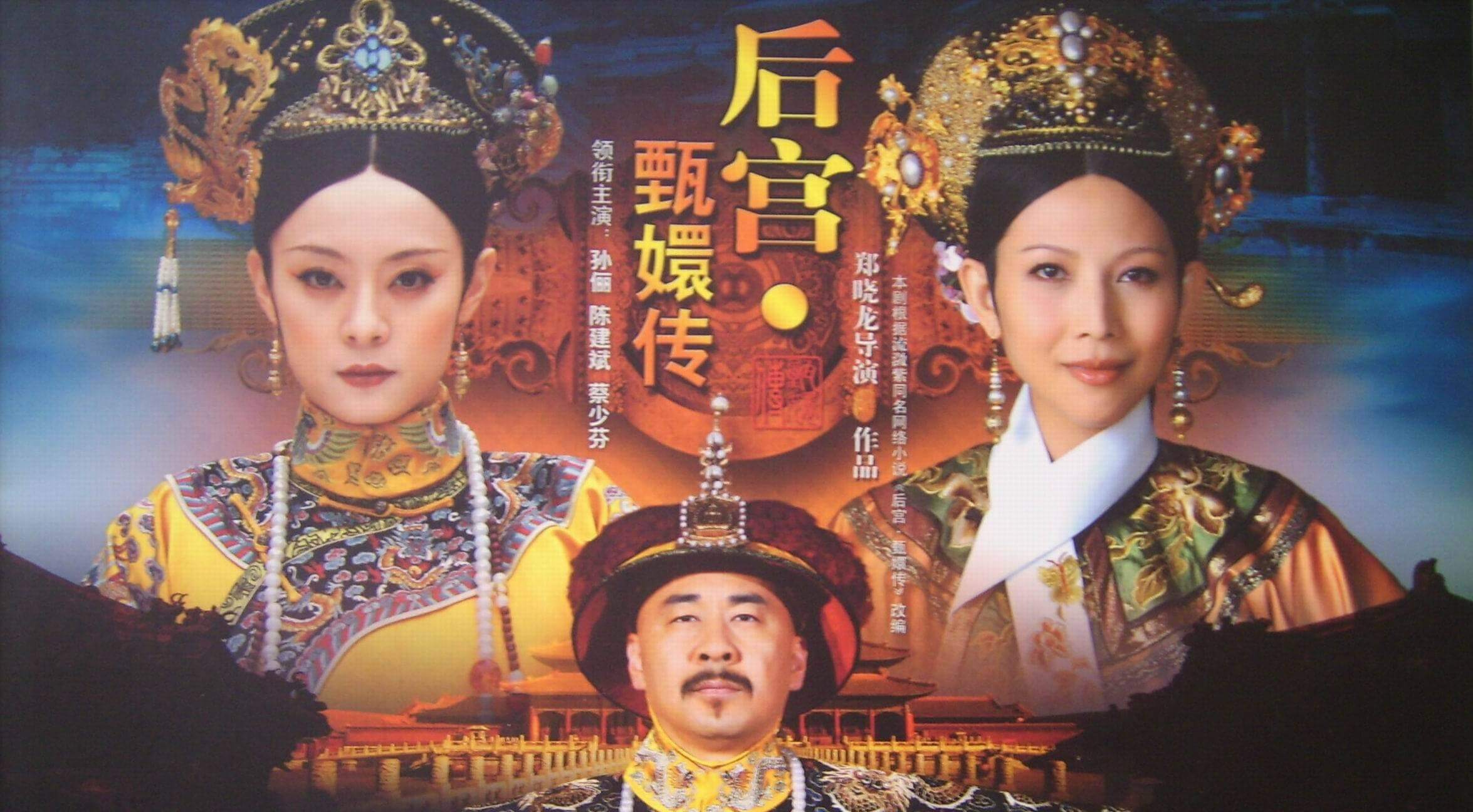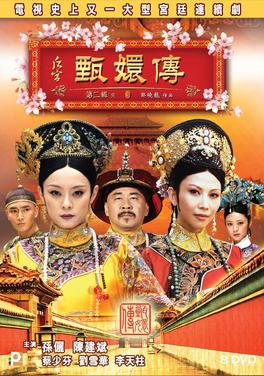
It's better to ask if the palace intrigues in the Qing Dynasty were as elementary as depicted in "Empresses in the Palace."
Political Marriages in the Qing Dynasty
The consorts of the Qing Dynasty were mostly from noble Eight Banner families and entered the palace through political marriages. For example, Empress Dowager Xiaozhuang arranged for Shunzhi to marry two empresses from the Borjigit clan. After Shunzhi's death, the four regents left for Kangxi included powerful nobles, which is why Kangxi's empresses were: Empress Xiaochengren, the granddaughter of Sonin; Empress Xiaozhaoren, the daughter of Ebilun; and Empress Xiaoyiren, the daughter of Tong Guowei. Thus, the conflicts in the Qing Dynasty's harem were always linked to political struggles in the court.
The Influence of Political Struggles
There were rare exceptions where women from lowly backgrounds rose to power, such as Imperial Noble Consort Ling, who became favored through the birth of her children.
Common Surnames in the Qing Imperial Harem

The Yehe, Ula, Hada, and Hoifa clans, collectively known as the Nara (or Nalan) clan, were a significant part of the Haixi Jurchens, who intermarried with the Aisin Gioro clan after being defeated by Nurhaci's Jianzhou Jurchens. The Mongolian Khorchin (Borjigit clan) were also part of this political alliance.
The Reality of the Harem during Yongzheng's Reign
The backdrop of "Empresses in the Palace" is the Yongzheng era. It is well-known that Yongzheng ascended the throne through a power struggle with his brothers and had a reputation for ruthlessness, even conducting purges among the nobility and targeting his own sons. His reign saw the consolidation of absolute imperial power, with the establishment of the Grand Council to strengthen central authority. Given his authoritarian nature, it is unlikely that anyone in the harem could have openly plotted against him.
The Empresses and Consorts of Yongzheng
Yongzheng's mother died five months after he ascended the throne, so there was no influential empress dowager during his reign. He had a total of seven titled consorts, six of whom he married when he was a prince.
Empress Ulanara: Although she belonged to one of the Eight Great Manchu Clans, her family had declined after her father's death. Her brothers were not successful, and Yongzheng only granted them minor titles.
Imperial Noble Consort Niohuru: Her family had also declined, with her father holding a minor official position. Despite claims of connections to powerful families, her branch of the Niohuru clan had little influence.
Most of Yongzheng's consorts were of Han Chinese origin, including Li, Song, Geng, and Nian clans, with little political background. Therefore, his son Qianlong, born to Imperial Noble Consort Niohuru, was well-positioned for succession.
The Myth of Clan Honor
The idea that imperial consorts fought for the honor of their clans, as suggested in the show, is largely fictional. Historical figures like Empress Dowager Xiaozhuang and the consorts during Yongzheng's reign were more concerned with the stability of the dynasty than personal or clan honor.
Yongzheng's Personality and Interests
Yongzheng, who ascended the throne at 45, was more focused on governance and religious pursuits than on indulging in palace intrigues. He had a profound interest in Buddhism, Daoism, and philosophical debates, and preferred simplicity and restraint in his personal life. His women likely adopted a calm and pious demeanor to align with his preferences, unlike the dramatic and flashy portrayals in TV dramas.
In conclusion, the power struggles in the Qing Dynasty's imperial harem were influenced more by broader political dynamics than the individual intrigues dramatized in popular media.
